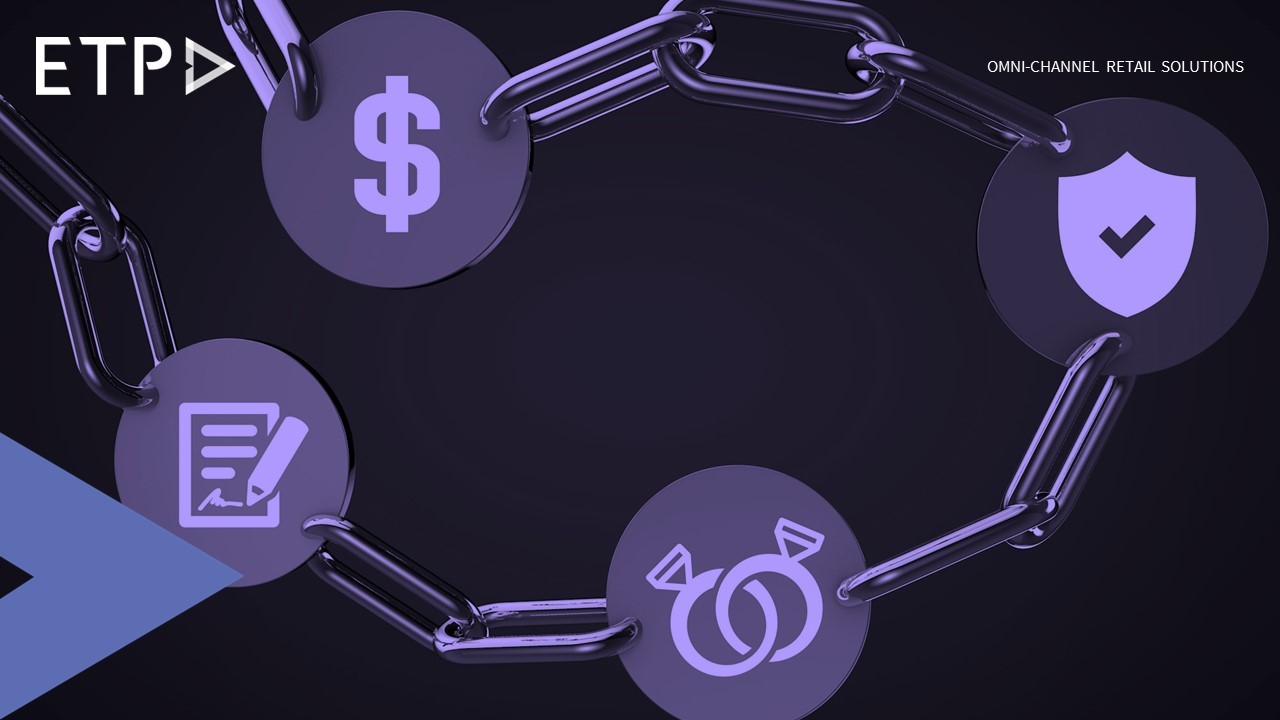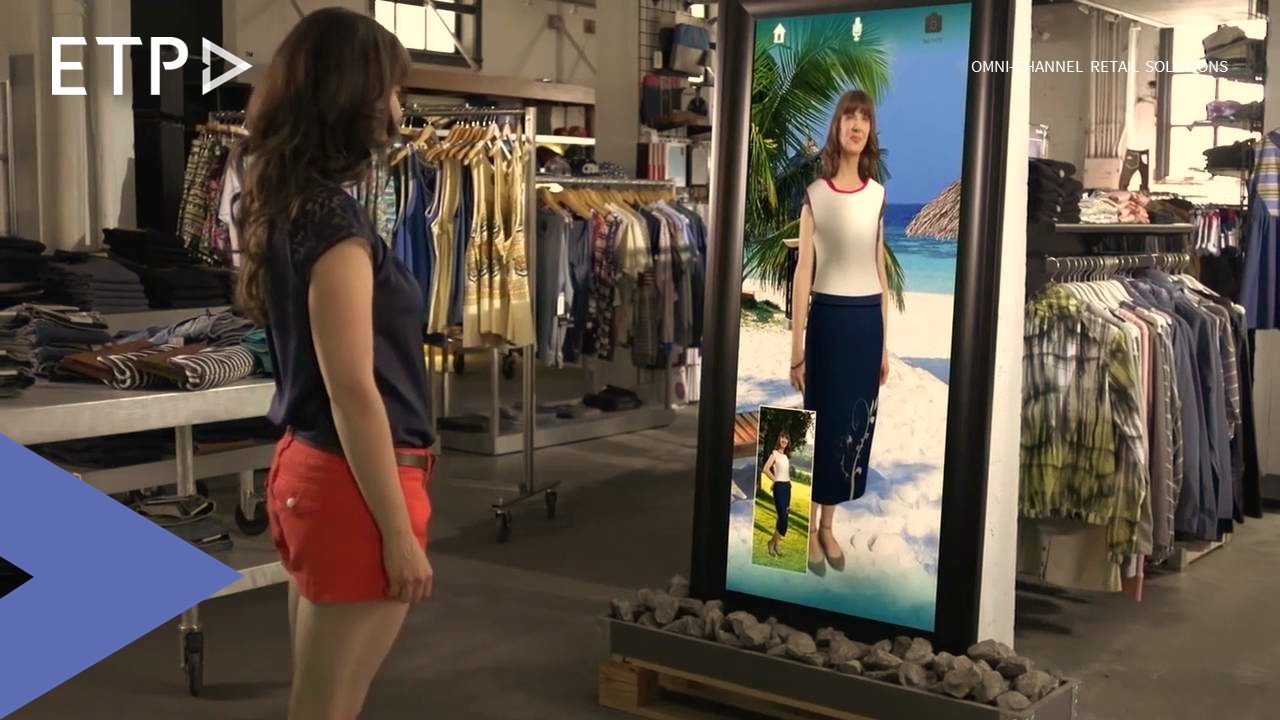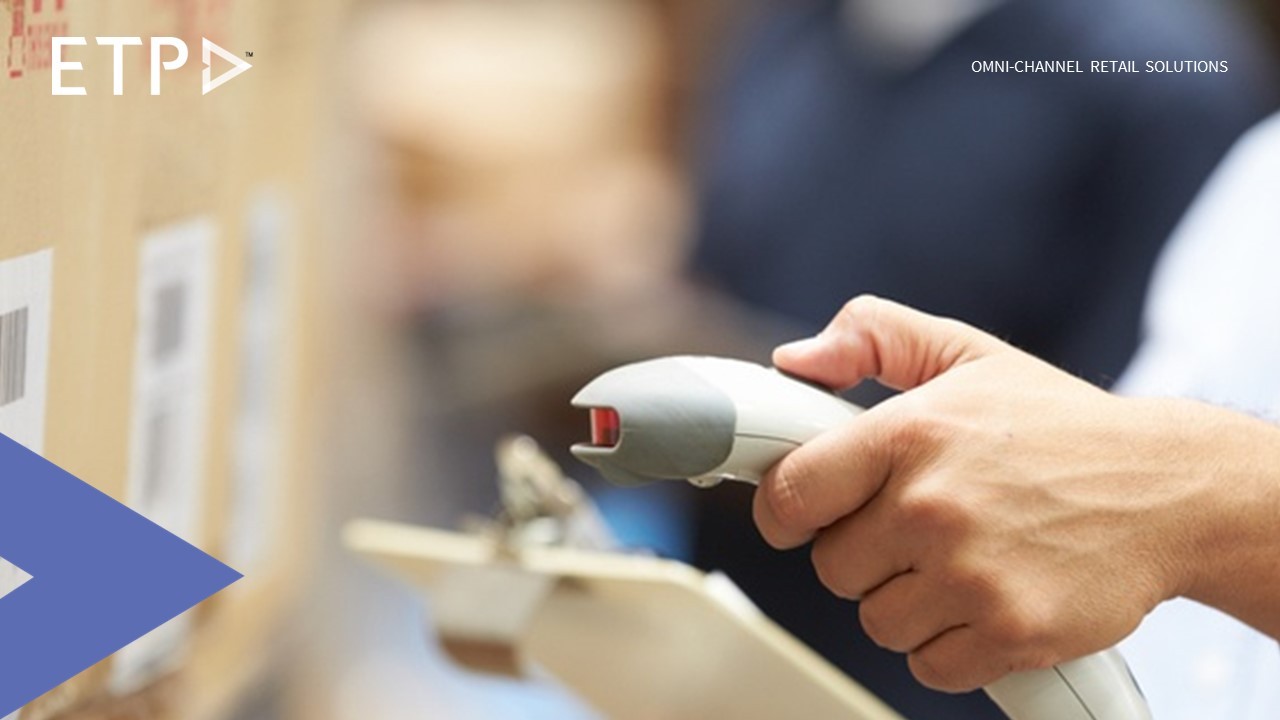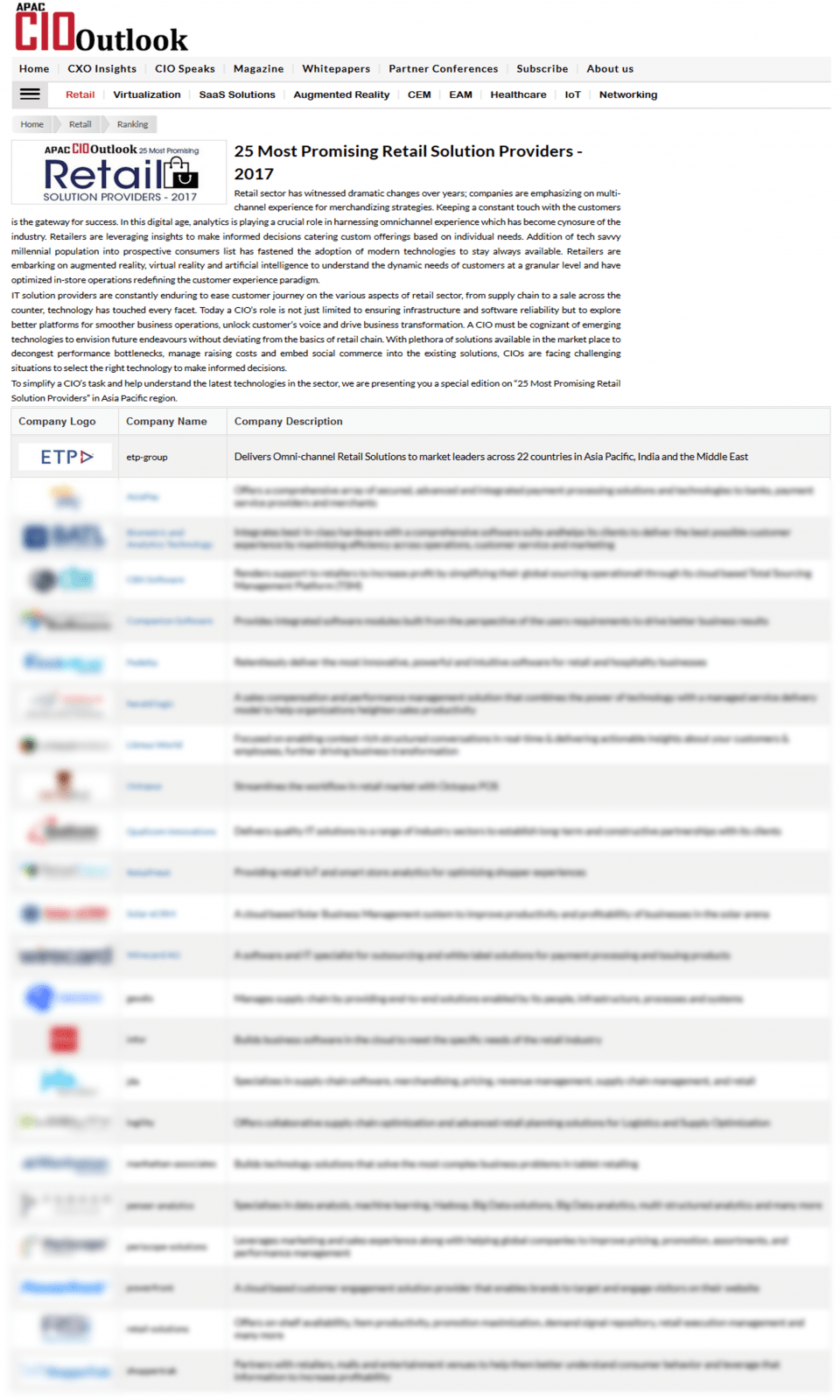
‘Click-and-collect’ or ‘Buy Online, Pickup In-store (BOPIS)’ is one of the many offsprings of omni-channel retailing and a way of shopping for many modern-day shoppers. It involves both online and offline channels of retail becoming a part of the customer’s shopping journey from demand to fulfilment. As such, it harnesses the pros of both the retailing channels, thus enhancing the overall customer experience as well as helping the retail business to be able to optimize both the channels to drive more sales and increase profitability. So also, there are other benefits that ‘click-and-collect’ brings to the table for both retail owners and end customers, and it goes without saying that the former need to make use of this powerful omni-channel technique.
All said and done, to reap the benefits, there are some essentials that need to identified, worked upon and put in place for the entire system to function optimally. For ‘click-and-collect’, there are 3 important pillars that need to be working in tandem.
E-commerce:
As click-and-collect needs an initiation at the online channel, the e-commerce site becomes very important. As it probably is the first customer facing touchpoint in the ‘click-and-collect’ customer journey, it has to be up and running well, right from the word go. Importantly, it should be updated timely with the right and relevant information to enable easy reference and decision making while shoppers are online with the intent of making purchase. Moreover, it should not be siloed but well integrated with the offline channels.
Order management system:
Order management systems (OMS) initially were used to handle e-commerce only and store only sales. But with the advent of omni-channel and click-and-collect, order management systems need to be more comprehensive and robust to not only handle orders from both channels, but also be able to orchestrate them through the right fulfilment centre as well as keep track of the order till the last mile. This demands an extremely complex order management system that is centralized and integrated with both channels. This serves as the backbone for managing inventory and routing the information flow that is almost real-time and updated, across the retail enterprise to perform the operations better.
Point-of-sale:
As the point-of-sale (POS) is essentially at the check-out counter of the brick and mortar store, it is an important component for ‘click-and-collect’ to happen smoothly. Modern day POS systems must be designed to meet omni-channel requirements of the retail business. One such requirement is enabling the store associates to ensure the easy and error free processing of orders that have come from the e-commerce platforms. Further, from the POS, the store associate should be able to forward the request for using another store or warehouse for fulfilment and this can happen if the POS is integrated with the OMS. Finally, it is at the POS where the order is realized by the end customer, which makes it an important and the ultimate customer facing touchpoint for the overall customer experience.
While the e-commerce and POS could be considered to be the alpha and the omega of the retail customer’s ‘click-and-collect’ journey, it is their integration with each other through the OMS that makes the entire process successful. It is necessary for the updated, accurate and real-time information to be shared between these 3 components at all times, and this is only possible through integration and not working in isolation.
ETP Omni-channel Connect is a powerful technology that enables retail enterprises to efficiently integrate the 3components:
e-commerce, OMS and POS to ensure a holistic view of the customers’ data and a unified view of inventory information to handle ‘click-and-collect’ and other similar features such as ‘endless aisle’ and ‘click-and-deliver’. Moreover, the ETP V5 Omni-channel Retail Solutions which include a robust omni-channel POS solution, an integrated CRM Solution, a powerful promotions engine and many more can enable retail owners to drive the omni-channel transformation of their retail business to stay relevant in #Futuretail.











